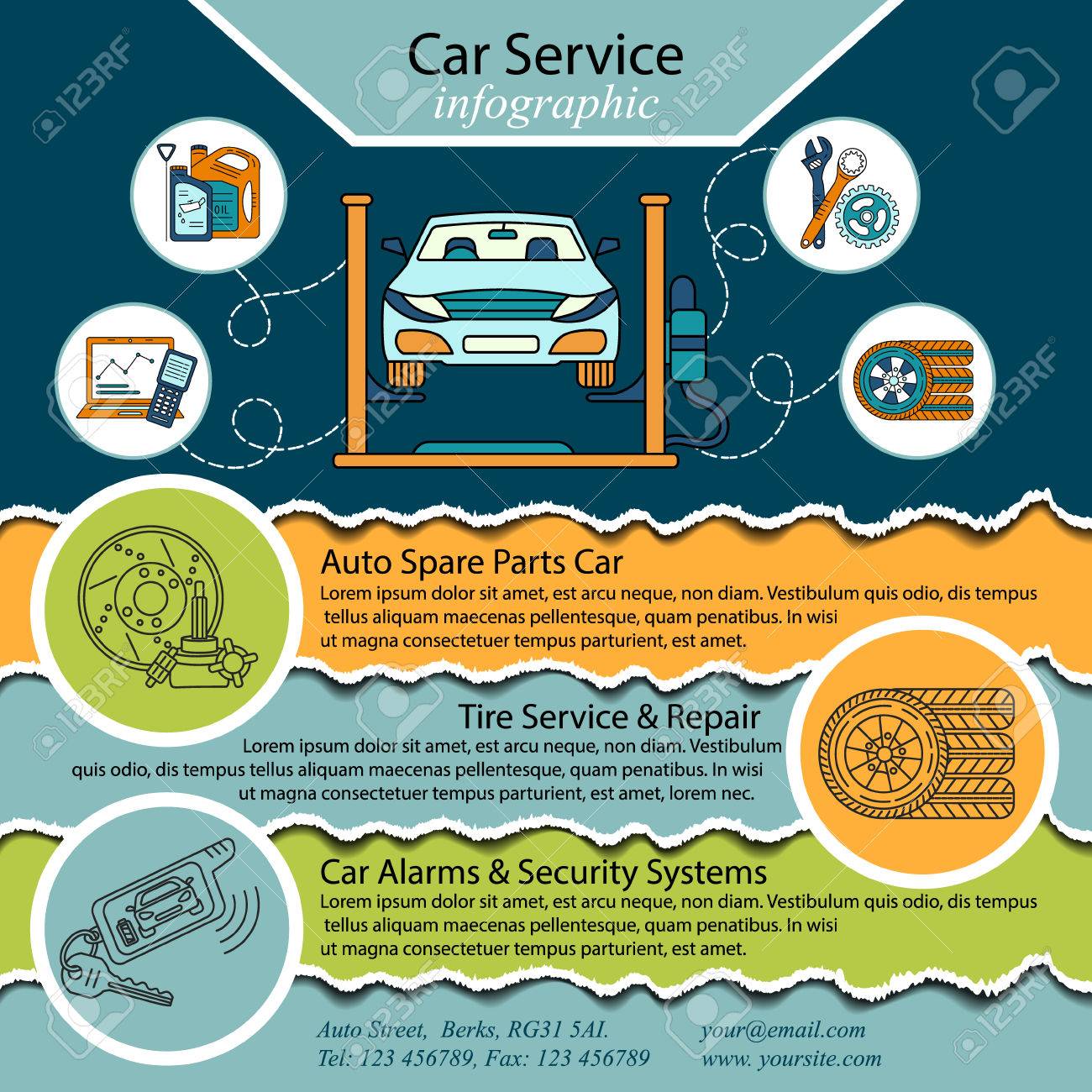Decoding Your Car'S Warning Indicators: What They Absolutely Represent
Decoding Your Car'S Warning Indicators: What They Absolutely Represent
Blog Article
Web Content Author-Boye Winters
When you're behind the wheel, those glowing caution lights on your dashboard can be a little bit complicated. Do you understand what they're attempting to tell you regarding your car's health and wellness? Recognizing the value of these lights is vital for your safety and the long life of your lorry. So, the following time one of those lights appears, would not you wish to analyze its message properly and take the needed steps to resolve it?
Common Caution Lighting and Interpretations
Determine common caution lights in your auto and understand their significances to ensure risk-free driving.
One of the most typical warning lights include the check engine light, which signals issues with the engine or discharges system. If this light comes on, it's important to have your automobile checked promptly.
The oil stress warning light indicates low oil pressure, needing instant focus to prevent engine damages.
A flashing battery light might recommend a damaged billing system, potentially leaving you stranded if not addressed.
The tire pressure tracking system (TPMS) light signals you to low tire pressure, affecting automobile security and fuel efficiency. Disregarding this can bring about unsafe driving conditions.
The abdominal muscle light shows a trouble with the anti-lock stopping system, endangering your ability to stop rapidly in emergencies.
Lastly, the coolant temperature level warning light warns of engine getting too hot, which can cause serious damages if not settled swiftly.
Understanding these usual caution lights will certainly aid you deal with problems quickly and preserve safe driving conditions.
Value of Prompt Attention
Understanding the usual warning lights in your auto is only the primary step; the relevance of without delay dealing with these cautions can not be highlighted sufficient to ensure your security when traveling.
When a caution light illuminates on your dashboard, it's your vehicle's method of communicating a potential issue that requires attention. Overlooking these warnings can bring about extra severe issues down the road, jeopardizing your safety and security and possibly costing you a lot more out of commission.
Prompt focus to alerting lights can prevent failures and crashes. For example, a blinking check engine light could indicate a misfire that, if left ignored, can create damage to the catalytic converter. Addressing this promptly can conserve you from a costly repair service.
Similarly, a brake system warning light might signal low brake fluid or worn brake pads, vital components for your safety when driving.
DIY Troubleshooting Tips
If you see a warning light on your control panel, there are a couple of DIY repairing ideas you can attempt before seeking specialist aid.
The very first step is to consult your automobile's manual to understand what the particular warning light shows. Occasionally relevant internet page can be as easy as a loose gas cap causing the check engine light. Tightening the gas cap might solve the problem.
https://brake-shop-near-me28495.tkzblog.com/31965054/assess-your-lorry-s-needs-to-find-the-best-auto-describing-solution-for-you-but-which-elements-will-truly-influence-your-decision is a reduced battery, which can trigger various alerting lights. Checking the battery connections for deterioration and guaranteeing they're secure may take care of the trouble.
If a caution light continues, you can try resetting it by disconnecting the car's battery for a couple of mins and afterwards reconnecting it. In addition, examining your lorry's liquid degrees, such as oil, coolant, and brake fluid, can assist troubleshoot cautioning lights connected to these systems.
Final thought
In conclusion, understanding your automobile's caution lights is crucial for keeping your automobile running efficiently and safely. By quickly dealing with these notifies and knowing what they mean, you can avoid costly fixings and potential break downs.
Bear in mind to consult your automobile's guidebook for specific information on each cautioning light and act appropriately to make sure a trouble-free driving experience.
Stay notified, remain risk-free on the road!
